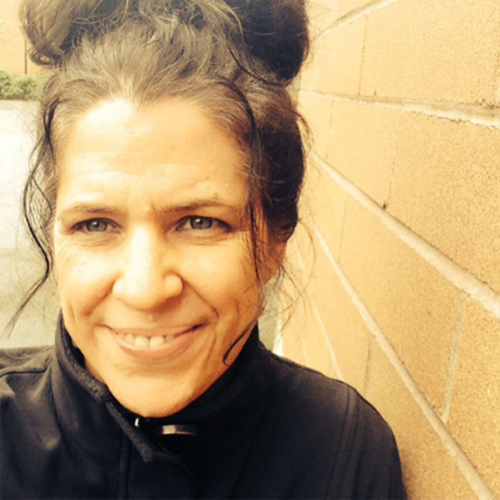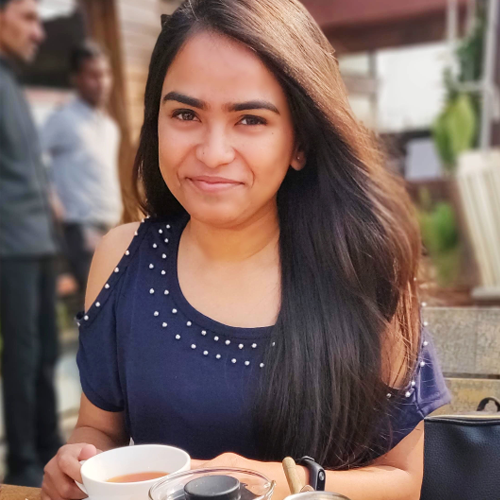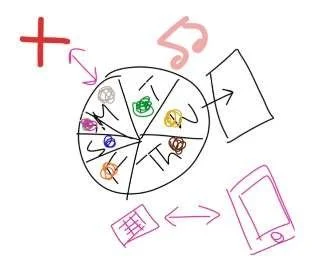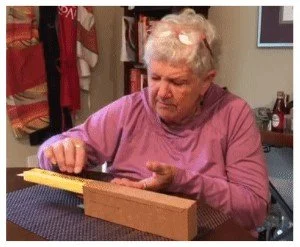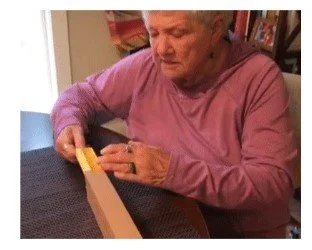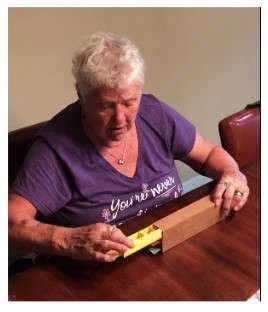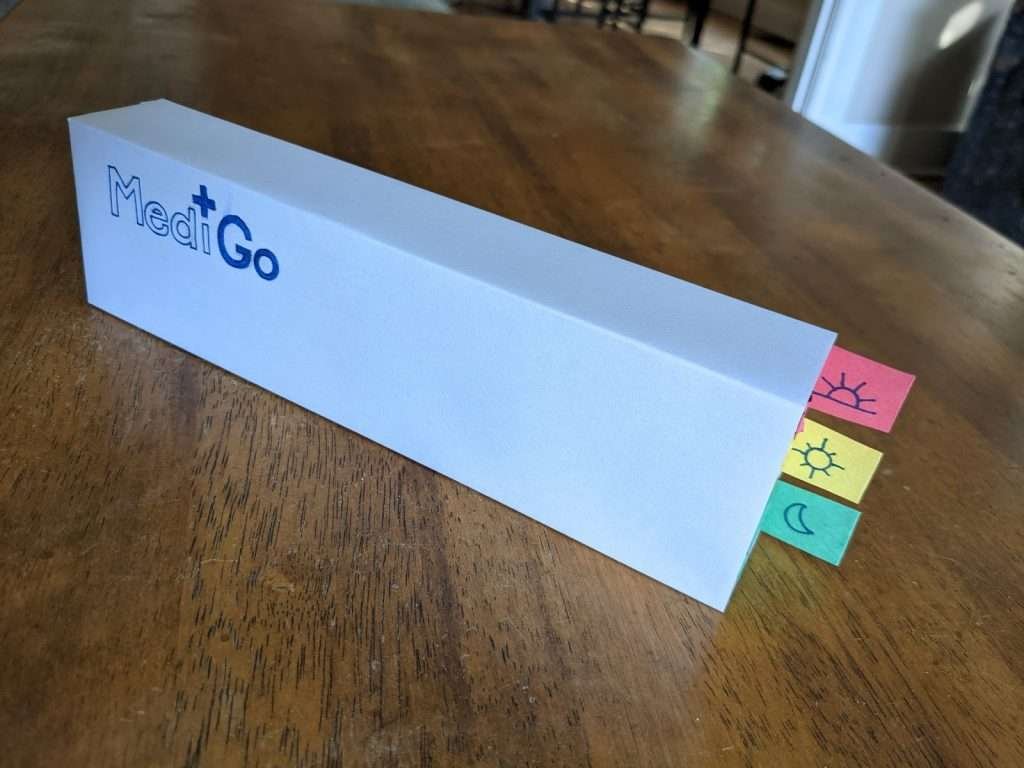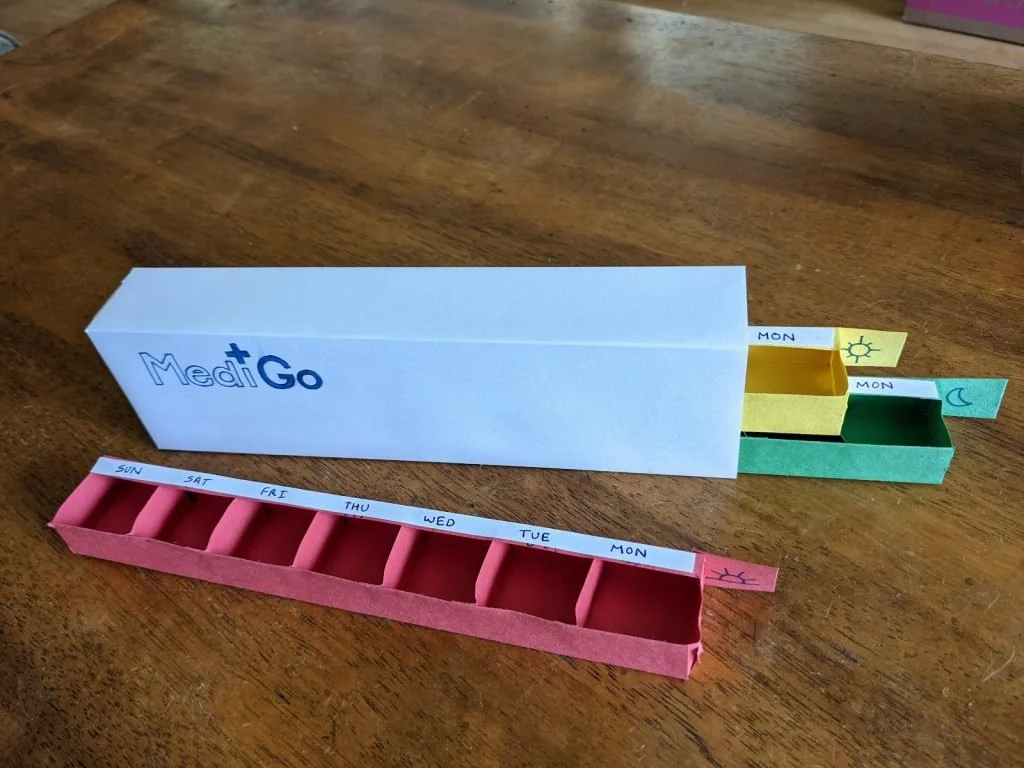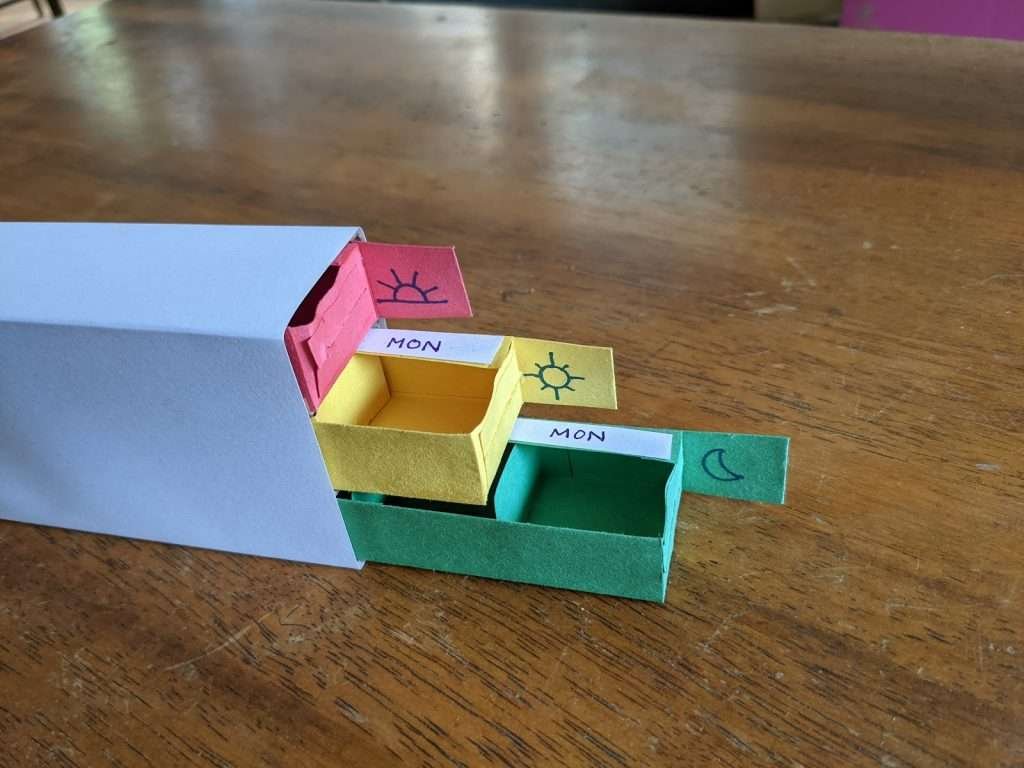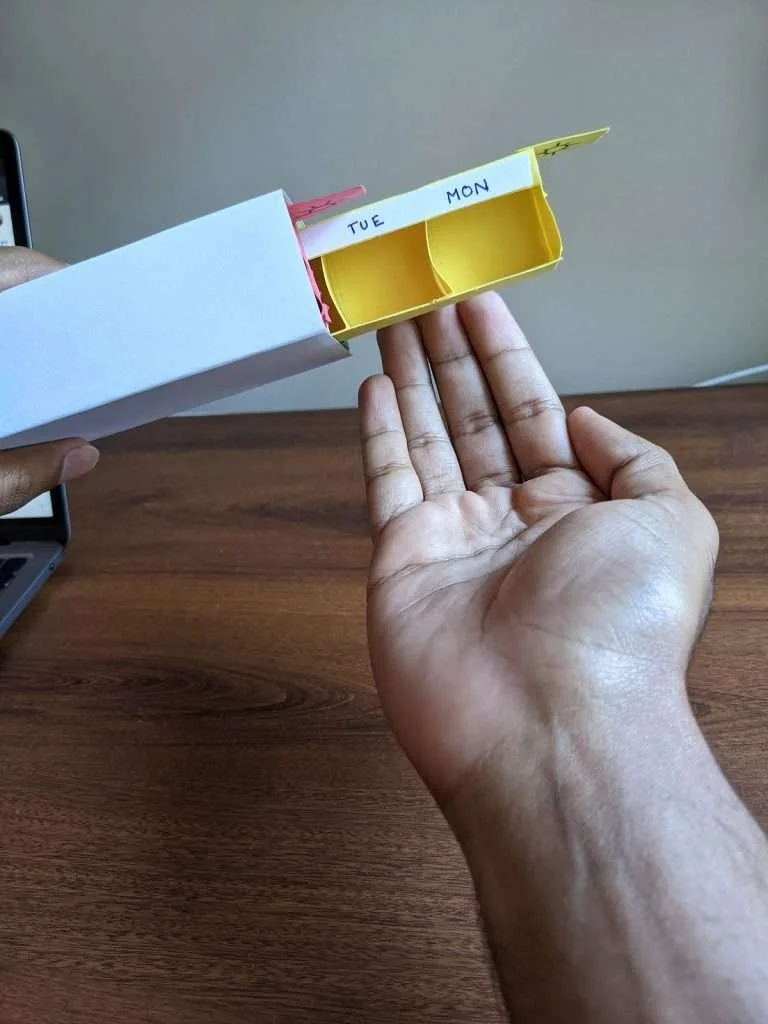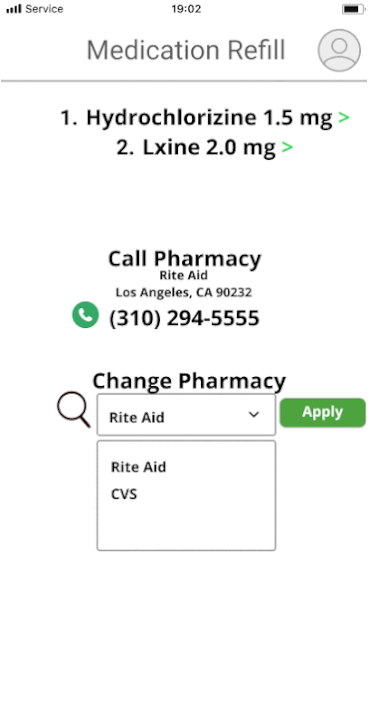Medi-Go
Medi-Go
Human Centered Design and Research
The Research Team
Courtenay
Erin
Eeshani
Sam
Eliza
Background
This project was a conceptual project I worked on as apart of a Human Centered Design and Research graduate course at the University of Washington with 4 other researchers.
Our project was inspired by a story.
Discovered shared experiences and challenges.
Commonality of lived experiences piqued our curiosity.
Research question:
How we can make medication management easier for people with memory challenges or those with physical dexterity challenges in the hands or fingers?
One of our team members told us a story about his grandfather in India who was having trouble remembering to take his daily medicine. Struggling with memory challenges, his grandfather found it difficult to organize and manage his own medication using a standard, plastic pill box. As we discussed this topic further, we discovered other team members and some of their loved ones were also taking daily medications, and they too, experienced specific challenges.
What piqued our curiosity in this topic area was the range of ages, health narratives, and overall living situations of people with the shared experience managing their medications.
Therefore, our team set out to understand how we can improve the experience of people who take daily medication by making their medication management easier.
Participants
Participant 1
78 year old female
Various health-related issues:
High blood pressure, essential tremor in both hands, osteoarthritis, uses hearing aids in both ears, age related memory issues
5 prescriptions for oral medication:
5 pills in morning
3 pills at night
Uses AM/PM color-coded plastic pillbox
Participant 2
24 year old female
Suffered a traumatic brain injury
Some related memory issues
2 prescriptions for oral medication:
2 pills in morning
1 pill at night
Uses AM/PM color-coded plastic pillbox
We engaged with two participants who currently manage their own medications to learn more about
their experiences.
One participant was a 78 year old female and a team member’s mom and another participant was a 24 year old female
Each have different health related issues, currently manage more than one prescription for oral medication, and both also currently utilize a AM/PM color-coded plastic pillbox.
After having initial conversations about their life
experiences and challenges around medication management, we discovered that
memory issues play a key role in adherence to medication management.
Research has shown that the risk
of medication nonadherence can be nearly three times as high for individuals
who have been assessed as having cognitive impairment (Okuno, Yanagi, &
Tomura, 2001).
Other health issues included osteoarthritis and essential tremor were considered in our design solution.
Similar stories to our team member’s grandfather’s struggle with medication management emerged
as we continued to discuss this topic further. One of our participants was also
an older adult who had her own difficulties with occasionally forgetting to
take meds. Since older adults can experience age related declines in cognitive
functioning, we wanted to better understand what role this plays in care
routines. Research has shown that older adults are at greater risk for
medication nonadherence due to the cognitive processes involved in successfully
managing meds (Insel, Morrow, Brewer, & Figueredo, 2006).
Initial Session
Conducted participatory research with our two participants.
Consisted of two 60 minute structured qualitative interviews virtually over Zoom.
Included a 15 minute co-design brainstorming session in each interview where participants shared their ideas verbally.
Collected data regarding their needs, daily activities and experiences, and where they see challenges or opportunities in regards to taking oral medications.
In-depth Co-Design Session - Planning
The team performed a 60 minute co-design session with the participants on Zoom. We created two design ideas and asked participants to perform three tasks with them:
Fill the pill box with medication for a week.
Take medication for Wednesday afternoon.
Set a new alarm for Monday morning medication.
Design 1: Wrapper
Design 2: Slider
Insights
1. Filling the box
Finds it easy and convenient to remove the entire tray to refill the box.
Usually purchases two pill boxes as the refill process is time consuming.
Likes the idea of a more customizable box as pill schedules can vary (3 times/day, 2 times/day).
2. Taking the medicine
Feels that the pull tabs, while convenient to slide out the tray, might hinder the removal of medicines from the lower trays.
Likes that the box is easy to grip and overturn in the hand.
The participant is concerned with the cost of the product.
The participant feels that the alarm system would work better on the phone as her pill box is always stored in her room and she might not hear it ringing.
Likes the clear marking of the days and times and is able to understand the times of the day by looking at the icons (a sunrise, sun, and moon).
Final Design Prototype
Reflecting on the insights from our design studies with both the participants, we made changes in our prototype to arrive at a final design.
The trays are color-coded and have nomenclature and icons for the user to differentiate between time and day. The medicine trays can completely removed from the box to aid refilling.
The pull tabs are arranged vertically on the side of the tray to such that they don’t obstruct the removal of pills from the tray below
The trays are color-coded and have nomenclature and icons for the user to differentiate between time and day. The medicine trays can completely removed from the box to aid refilling.
Final Design Prototype - Digital
4. Wireframes
Medication management – medicines and pharmacy set-up
Scanning and tracking the pillbox
Setting alarm for different medicines
Reflection
What went well?
Our interviews and co-design session went great. We were able to test the physical prototype with participant 1, and see her reaction, needs, and pain points.
We collaborated efficiently and critiqued each other’s sketches and designs to find the best solution to carry forward.
Given the global pandemic in progress, for public health reasons we took advantage of great virtual collaboration tools like Slack, Zoom, and Miro.
What would we do differently?
If possible, in-person testing with both participants would have been more beneficial.
Remote testing couldn’t provide the same insights on participant needs as in-person testing allowed.
Ideal next steps
Ideally, we would make a higher fidelity prototype of the mobile app.
We would make some design changes to the physical prototype to address some of the additional pain points that were mentioned during the study.

